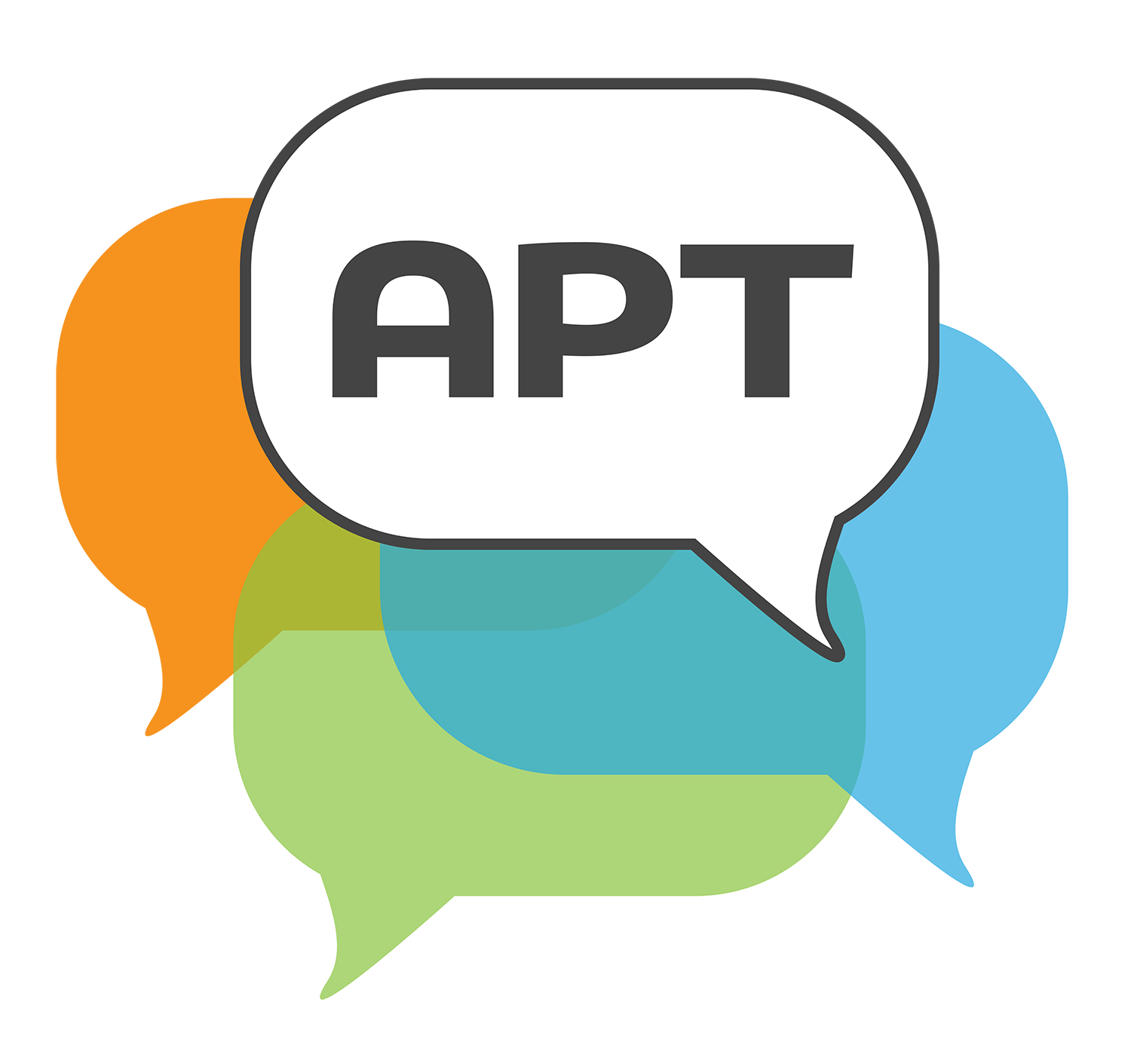Multiplication of Fractions
Math • Grade 5
Selected segments with commentary below » Full video viewable here.
This lesson starts with language development and practice around the terms whole and part. The teacher tells students that while they have been introduced to whole and part they haven’t fully finished learning what they mean and will learn more about it today. They are asked to call up prior knowledge around whole and part through a turn and talk which takes little time and allows every student to participate.
All of the students are actively participating in the turn and talk from the outset and it is indicative that this is not their first turn and talk. Turn and talks will not look like this at first, it only looks this efficient after students have become practiced at it.
You’ll see in this clip that the teacher is working with two problems at once, Camilla’s and Jesus’, this is a rare practice. By working on two problems simultaneously she wants students to be comparing the problems, what’s the same and what is different about these two problems - this will help achieve her goal of teaching them to use part-whole thinking to make sense of quantitative solutions. These two situations in which students can come up with a mental model require students to think about what it is they now and what it is they need to find out and this is more apparent when you are asked to look at two problems that are similar, but different in an important way. You’ll also notice the teacher does not jump to the question of ‘how do we get the answer to these problems,’ but invests the time into making sense of the problems.
Oftentimes we see that discussions are about what the teacher is thinking, but in this clip, the teacher is asking questions to help her understand what the students are thinking. For the student trying to articulate her own thinking, much of this would have been subconscious if she did not have to explain it, it is helping the student learn from their own thinking. This is an efficient and powerful form of learning by making students articulate and voice their reasoning, it raises the standard for the logical quality of the reasoning and students learning to reason logically about mathematical objects.
The students are discussing an interesting issue, whether to break the crayons in half or whether to give four apiece. In math class, it would be natural to think about dividing crayons four apiece, but in art class it would make sense to have a greater variety of colors.
For art class it is more realistic to break each crayon in half so each student has eight colors and that is what the boy is saying and what the girl was originally thinking. Since we are in math class, the teacher is thinking the other way, that each student would have four crayons a piece. This discussion brought student thinking to the surface and students were learning because they had to articulate their thinking for their peers. It is an important distinction between the teacher being the audience versus other students. When the teacher is the audience, they already know what the answer is so it turns into a game of guessing what is in the teacher’s head. When your audience is another student, the goal is about explaining in a way that makes sense to them which requires me to be more explicit than if I was just trying to convince a teacher that I’m a good student.
In making sense of the quantitative situation in these problems, the teacher setup the assignment so that students would have to classify each problem as missing a part or a whole before they could begin to answer the question. This practice of spending time learning the mathematics versus racing to the answer will prove helpful for kids once they reach algebra. In algebra, we don’t work with numbers, we work with expressions and expressions are referring indirectly to the quantitative reasoning, not just numbers, but numbers are made out of operations and equality. The ability to talk about how your thoughts correspond to the quantitative situation, whether it is crayons or strings - how it corresponds to the numerical operations, whether you’re dividing or representing it as a fraction. These are the building blocks of what will become algebraic thinking as students move through the grades.
This video was a good example of focusing on the mathematics. Had students worked on their own, some students would have learned what we wanted, but not many. Some students may have arrived at the answer, but without learning much, and others would have struggled and not know what it is they are supposed to learn or how to get the answer. The teacher could have been drawn down a slippery slope of showing students tricks for the right answer which is a workaround, but instead they are learning the mathematics.


